A week or so ago, I stumbled upon a fitness-related video on Youtube by "Calisthenicmovement". The title intrigued me, as there are so many "optimal" morning routines of the life hack variety, mostly full of crap, but this one seemed different.
What I liked about this video was how simple it was. Drink water, do some stretching exercises and eat a healthy breakfast.
Having been back on the morning danish pastry train the past few weeks and very unlikely to stop anytime soon, the water and stretching parts seemed like something doable for me.
I generally drink water first thing in the morning anyway, so it was the stretching that interested me. One thing I'd like to add, avoid adding lemon and lime to your water! It wrecks your teeth, and I had to find out the hard way. I was lucky that my hygienist saved me a ton of trouble later on by warning me about this before it was too late.
When it comes to mobility, I don't know about you, but for some reason, I wake up stiff as a board in the morning. My spine genuinely feels like a rod of cement, with lots of clicks and pops, with every slight movement.
Being in my mid-thirties, perhaps it's a sign of getting older and my body taking longer to wake up. Saying that I wanted to try at least two of the stretches, this chap demonstrated in the video to see if I could yield some of the benefits he claimed.
So for two weeks, I tried a mini-experiment. After waking and brushing my teeth each morning, I would roll out my yoga mat, get my stopwatch, and stretch. I decided to try the downward dog variant (from the video) and the squat variant (from the video).
I had to do these for 60 seconds each—a total of two minutes of work. After the first go, I decided to add a second set for both, which made a massive difference to how much looser I became from the stretches.
I thought about adding a third-round but knew that if I made it any longer or added anything more to it, I would most likely skip doing it each morning.
As I predicted, it wasn't all plain sailing. Some of the mornings, the lazy, can't be arsed Pat would say, "yeah, take it easy, have a bit more of a lie-in." Thankfully, I was right about not making additions to the routine because I knew what I had to do was short and relatively easy. I made the time to do it no matter how I felt, and as with all habits, the more I practised it, the easier it became.
Benefits wise, I was amazed at how only 4 minutes of stretching energised me each morning. It dramatically improved my mood, and the most crucial positive was the removal of any back stiffness and pain.
How You Do This At Home
I was fortunate to practice the exact exercises from the video, but these may not be possible just yet for many readers. So I want to give you a couple of options to try at home and create your very own morning stretch routine. (And one that you will hopefully stick to).
The formula:
60 seconds total for stretch A
60 seconds for stretch B
Repeat twice
Note: If you have a stretch that you can do on both sides, spend just 30 seconds per side if you wish.
Examples:
Easier
Elevated Cat Stretch- 60 seconds
Pigeon Stretch- 30 seconds per side
Two Rounds
Bretzel Stretch- 30 seconds per side
Childs Pose- 60 seconds
Two Rounds
Wall Chest Stretch- 30 seconds per side
Stretching Piriformis- 30 seconds per side
Two Rounds
Advanced
Downward Dog To Cobra Variation (1:29 in the video)- 60 seconds
Deep Squat With Rotational Reach- 60 seconds
Two Rounds
Spiderman Lunge With Rotation (Alternating)- 60 seconds
Thoracic Bridge (Alternating)- 60 Seconds
Two Rounds
Adductor Rock- 30 seconds side
90/90 Active Leg Rotations- 60 seconds
Two Rounds
Conclusion
Given how little time this took each morning, I'd recommend giving this a try, even if only for three days in a row. Not only will it lift your mood, get your day off to a great start, but it will likely help to add longevity to your body.
I'd love to hear how this works for you, so feel free to email me with any progress updates should you give this a go.
Yours In Health
Patrick





